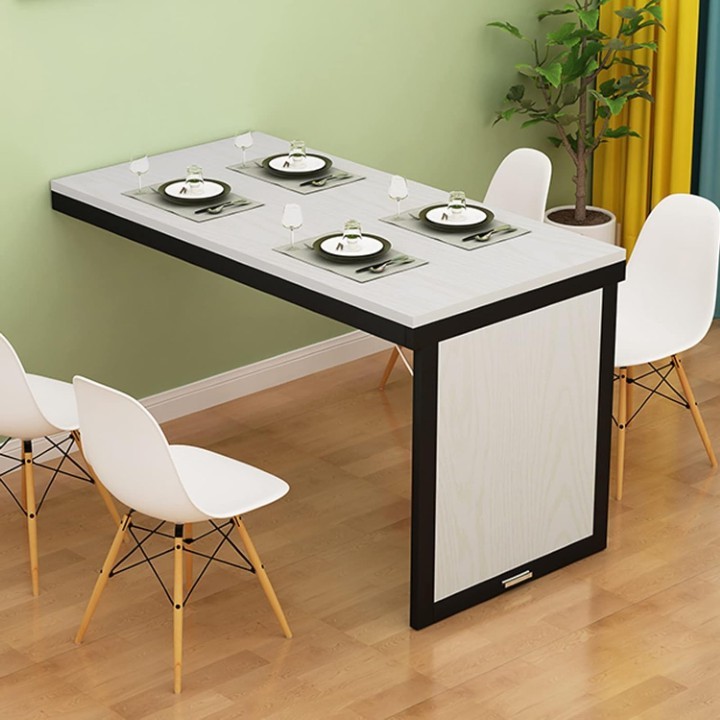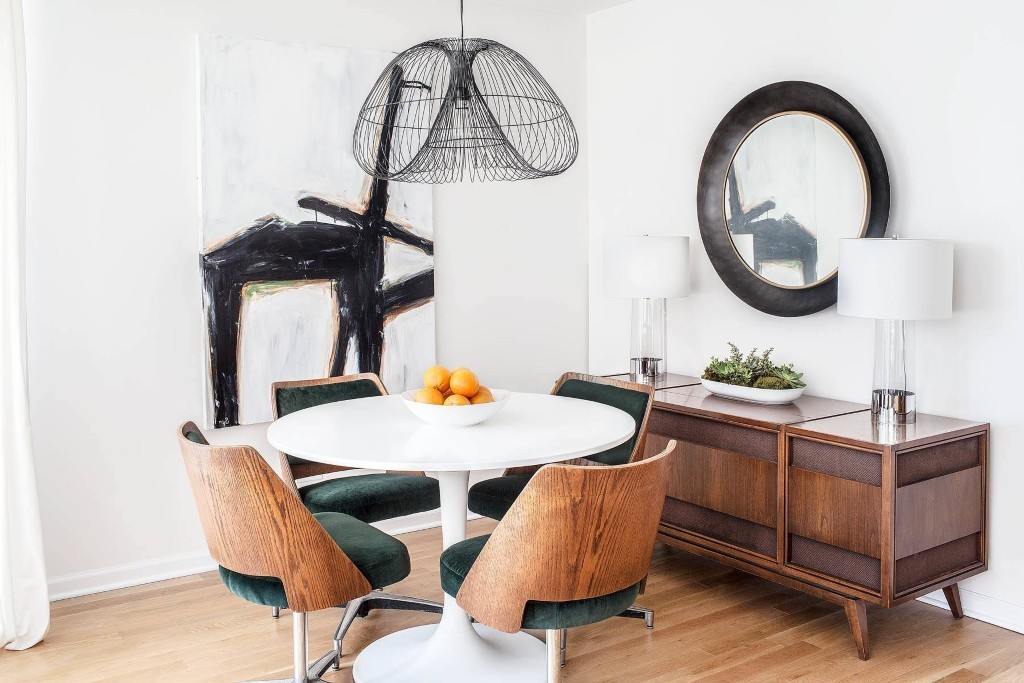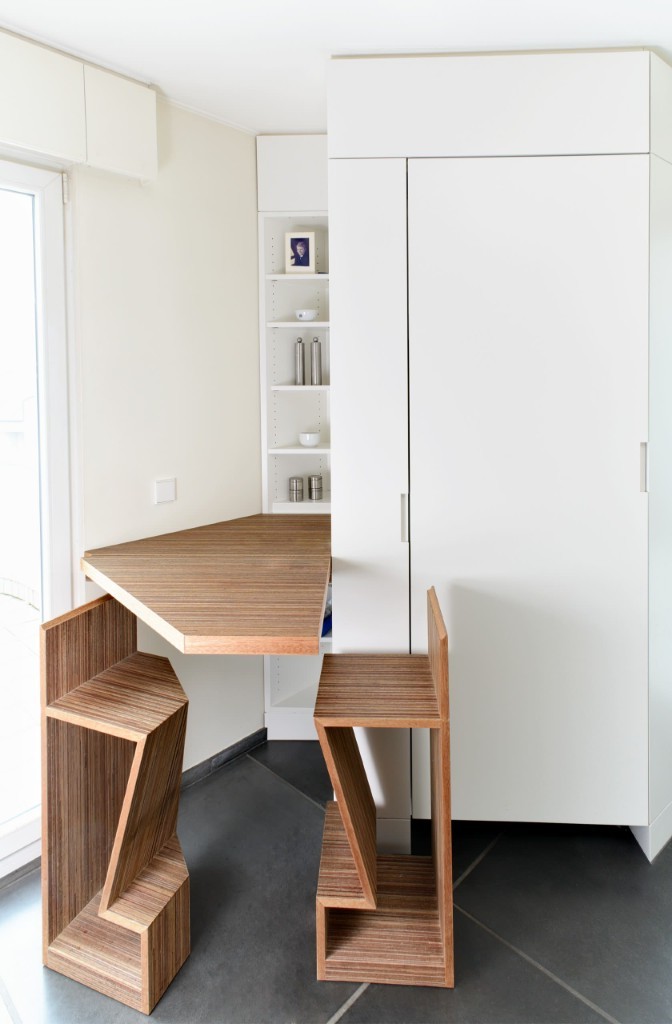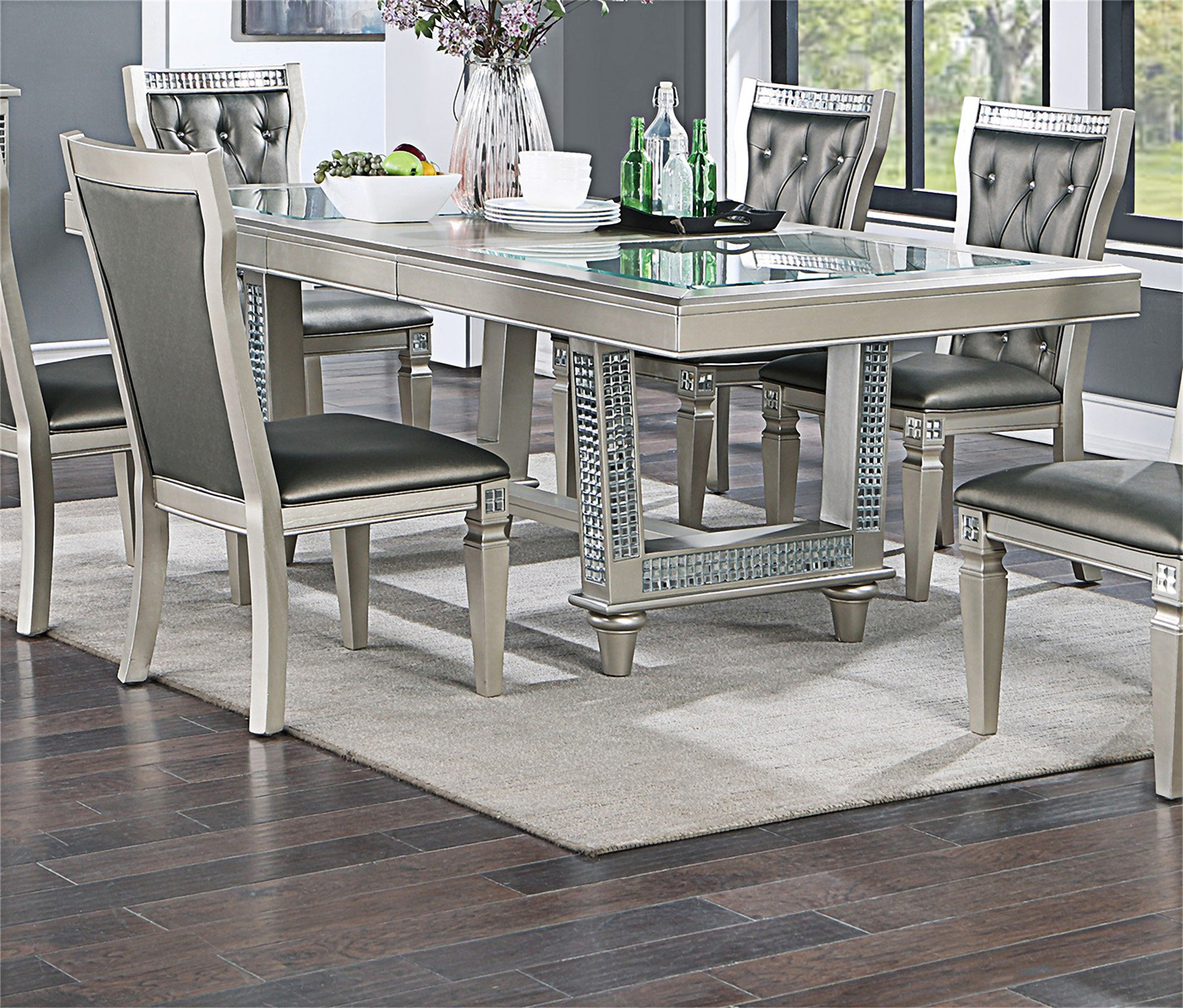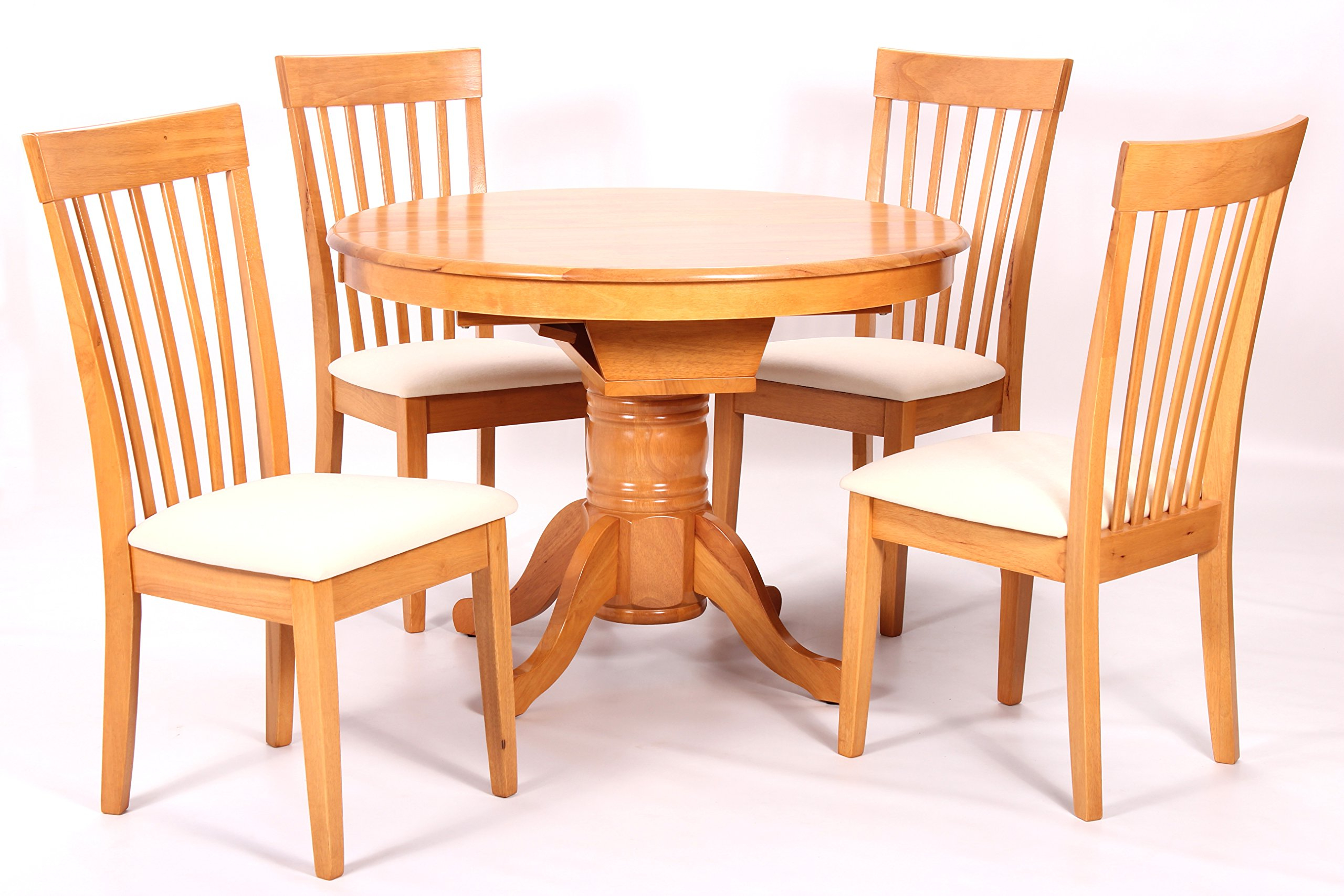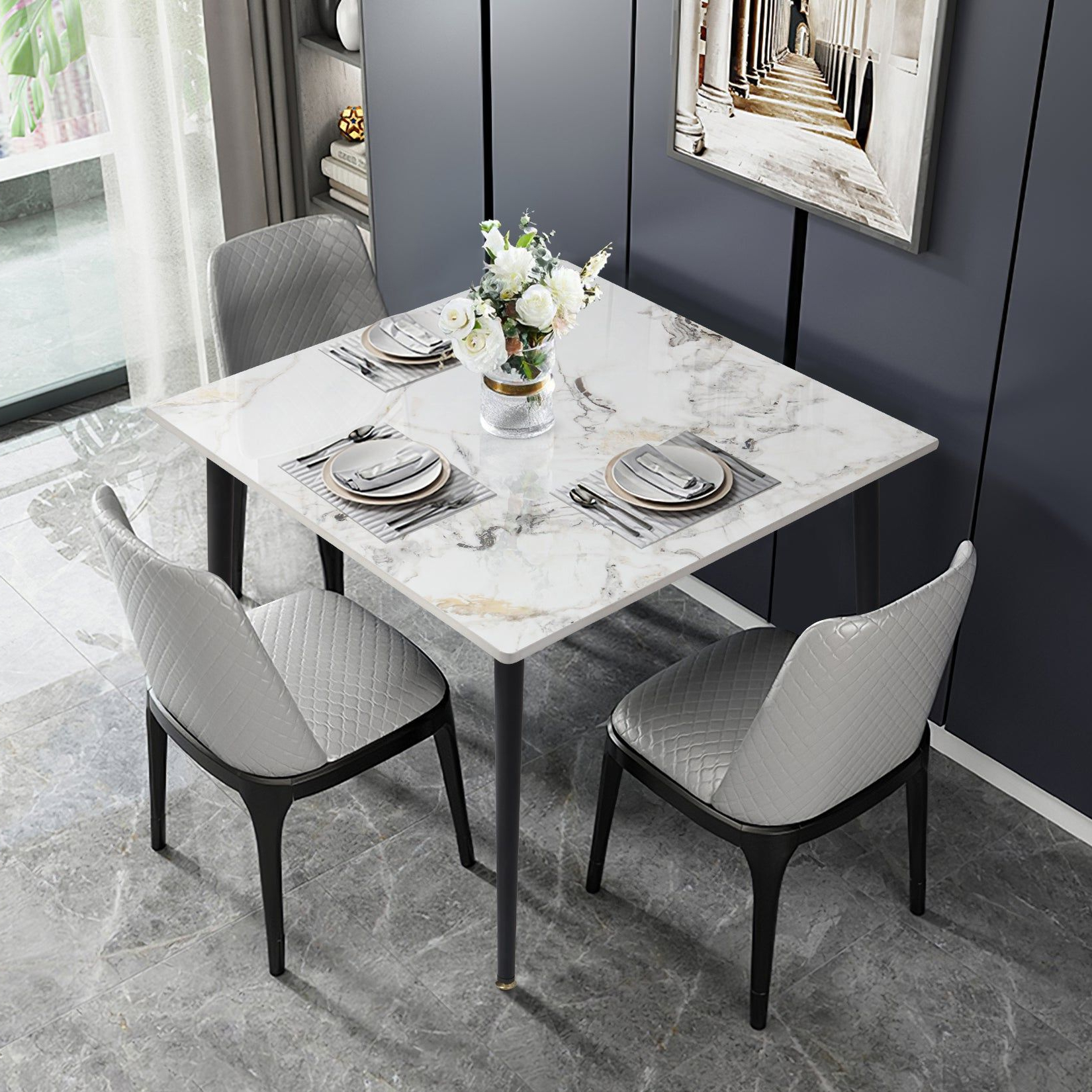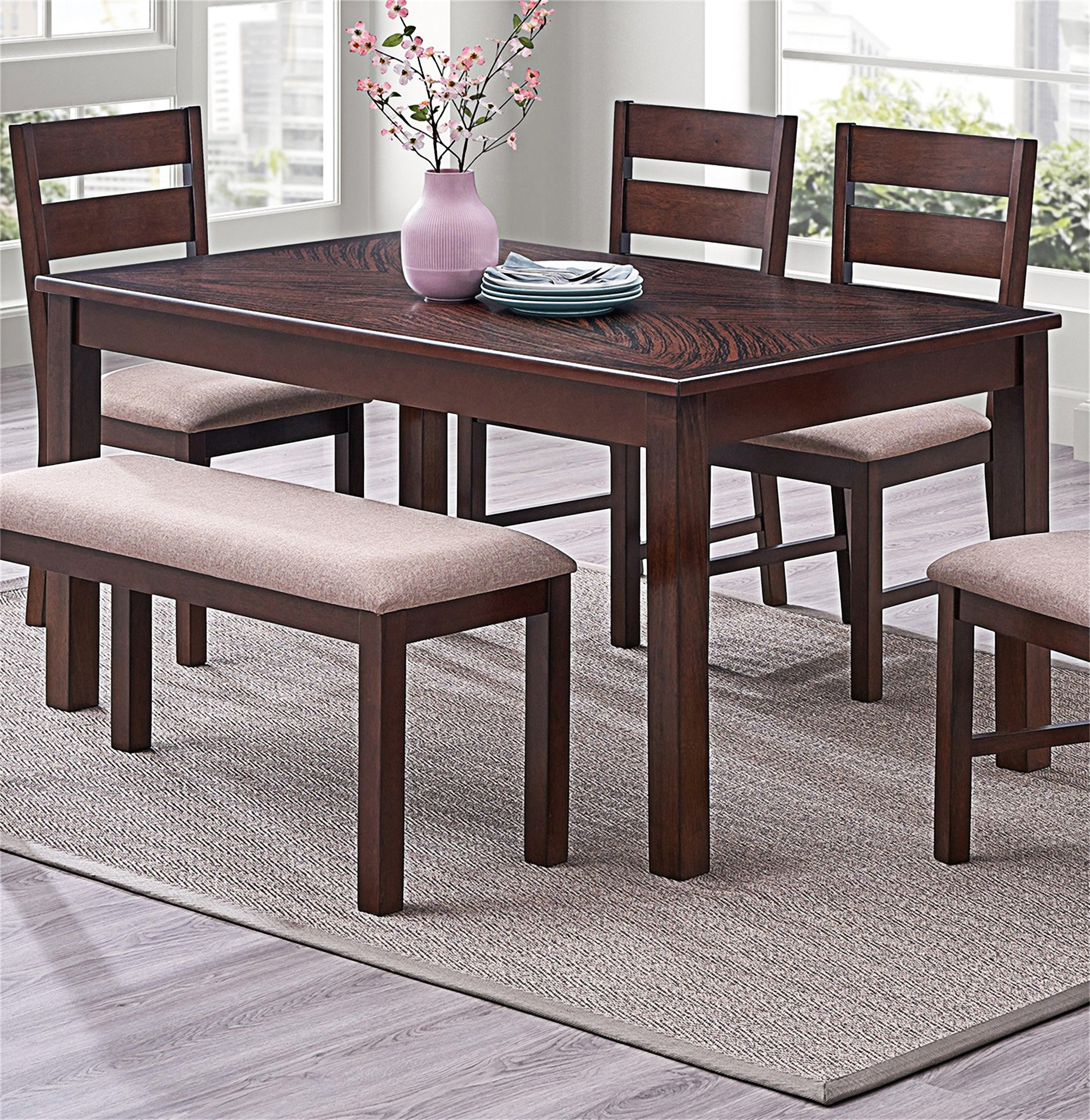That standalone dining table. It’s more than just furniture; it’s where memories are made, stories are shared, and life happens. But how do you make sure the rest of your room plays nicely with this central piece? Let’s dive into making that happen, shall we? It’s all about creating a space that feels just right, comfortable and useful.
You’ve found it – the perfect standalone dining table. It might be a rustic farmhouse piece, a sleek modern design, or a vintage treasure. Now comes the exciting part: building the room around it. This isn’t just about shoving chairs in and calling it a day; it’s about creating an atmosphere, a functional zone that invites people to gather and linger. A well-designed dining area can truly elevate your home, making everyday meals feel special and entertaining a breeze. So, where do we begin this design adventure. It’s a journey of thoughtful choices, really.
1. The Foundation: Understanding Your Space
Before you move a single thing, take a good look at your dining area. What are its dimensions. Is it a dedicated room, or part of a larger open-plan space. Understanding the size and shape is crucial. Measure everything – the room itself, and your table. You need to know how much space you’re working with. Think about traffic flow. Can people walk around the table comfortably, even with chairs pulled out. A good rule of thumb is to have at least 3 feet (about 1 meter) of clearance on all sides for easy movement. This prevents that awkward shuffling and bumping, making the whole experience much smoother. Also, consider natural light. Where do the windows fall. This will influence furniture placement and lighting choices later on.
2. The Star of the Show: Your Table’s Placement
Where your table sits can dramatically change the feel of the room. Centering it is often the go-to, and for good reason. It creates a sense of balance and makes the table the undeniable focal point. But don’t be afraid to experiment. If your room is long and narrow, placing the table slightly off-center might create better flow. In an open-plan setting, the table can act as a natural divider between zones, like the living area and the kitchen. Think about the views from the table, too. Do you want diners looking out a window, or at a piece of art. Proximity to the kitchen is also a practical consideration for serving meals. It’s about finding that sweet spot where it looks good and functions even better. A misplaced table can make a whole room feel off-kilter, so get this right.
3. Complementary Seating: More Than Just Chairs
The chairs you choose are more than just places to sit; they’re a vital part of the overall aesthetic. Do you want them to match your table perfectly, or create a bit of a contrast. For a more formal look, matching chairs are a classic choice. For something more eclectic, mixing and matching chairs can add personality and visual interest. Consider comfort, too. People will be sitting for a while, so ensure they’re cozy. Upholstered chairs offer extra comfort, while wooden or metal chairs can provide a different style. And don’t forget scale. Oversized chairs can overwhelm a small table, and delicate chairs might look lost with a grand table. Measure the width of your chairs to ensure they fit comfortably around the table without being too cramped. Think about armchairs for the head of the table – they can add a touch of luxury and define those special spots. It’s about finding the right fit, both visually and practically.
4. Lighting the Way: Setting the Mood
Lighting is absolutely key to creating the right atmosphere. A single overhead light can be a bit harsh. Instead, think about layers of light. A pendant light or chandelier hung directly over the center of your table is almost a must. It draws the eye, defines the dining zone, and provides focused illumination for meals. The scale of the fixture should be proportionate to your table. Too small and it gets lost; too large and it can feel overwhelming. Consider the height, too. You don’t want people bumping their heads, but it shouldn’t be so high that it loses its impact. Wall sconces or table lamps on a nearby buffet can add softer ambient light, creating a warm and inviting glow for evening gatherings. Dimmers are your best friend here; they allow you to adjust the mood from bright and functional for weekday dinners to soft and romantic for special occasions. Getting the lighting right can transform the entire feel of your dining space.
5. The Supporting Cast: Rugs, Buffets, and Art
Once the table and chairs are in place, it’s time to think about the elements that tie everything together. A rug under the dining table can anchor the space, add warmth, and define the dining area, especially in an open-plan layout. Make sure the rug is large enough so that all the chairs can sit on it, even when pulled out. A general guideline is to have at least 2 feet (about 60 cm) of rug extending beyond the table on all sides. A buffet or sideboard is a practical addition, offering storage for linens, dishes, and serving pieces, while also providing a surface for lamps, decorative items, or a place to set out food. Don’t forget the walls. Artwork, mirrors, or even a gallery wall can add personality and visual interest. Consider the height of wall decor relative to the table and chairs. A large mirror can also make a smaller dining room feel more spacious and brighter.
6. Personal Touches and Flow
This is where your dining room truly becomes yours. Think about the little things that make a space feel lived-in and loved. A beautiful centerpiece on the table – a vase of flowers, a bowl of fruit, or a sculptural piece – can add a focal point. Consider seasonal decor to keep things fresh. Plants can bring life and color into the room. And don’t forget about the flow between your dining area and adjacent rooms. Does it feel seamless. Can you easily move from the kitchen to the table, or from the dining table to the living room. Minimizing clutter is also crucial for maintaining a sense of calm and order. A well-designed dining space should feel inviting, functional, and a true reflection of your personal style. It’s about creating a place where you and your loved ones will want to gather, time and time again.
Designing around a standalone dining table is a creative and rewarding process. By considering the space, the placement of your table, the complementary seating, the crucial role of lighting, and the supporting decorative elements, you can craft a dining area that is both beautiful and highly functional. Remember, it’s your home, so let your personality shine through. Don’t be afraid to experiment and make choices that feel right for you and your lifestyle. The goal is to create a space that fosters connection, celebrates good food, and makes lasting memories. Happy designing.


